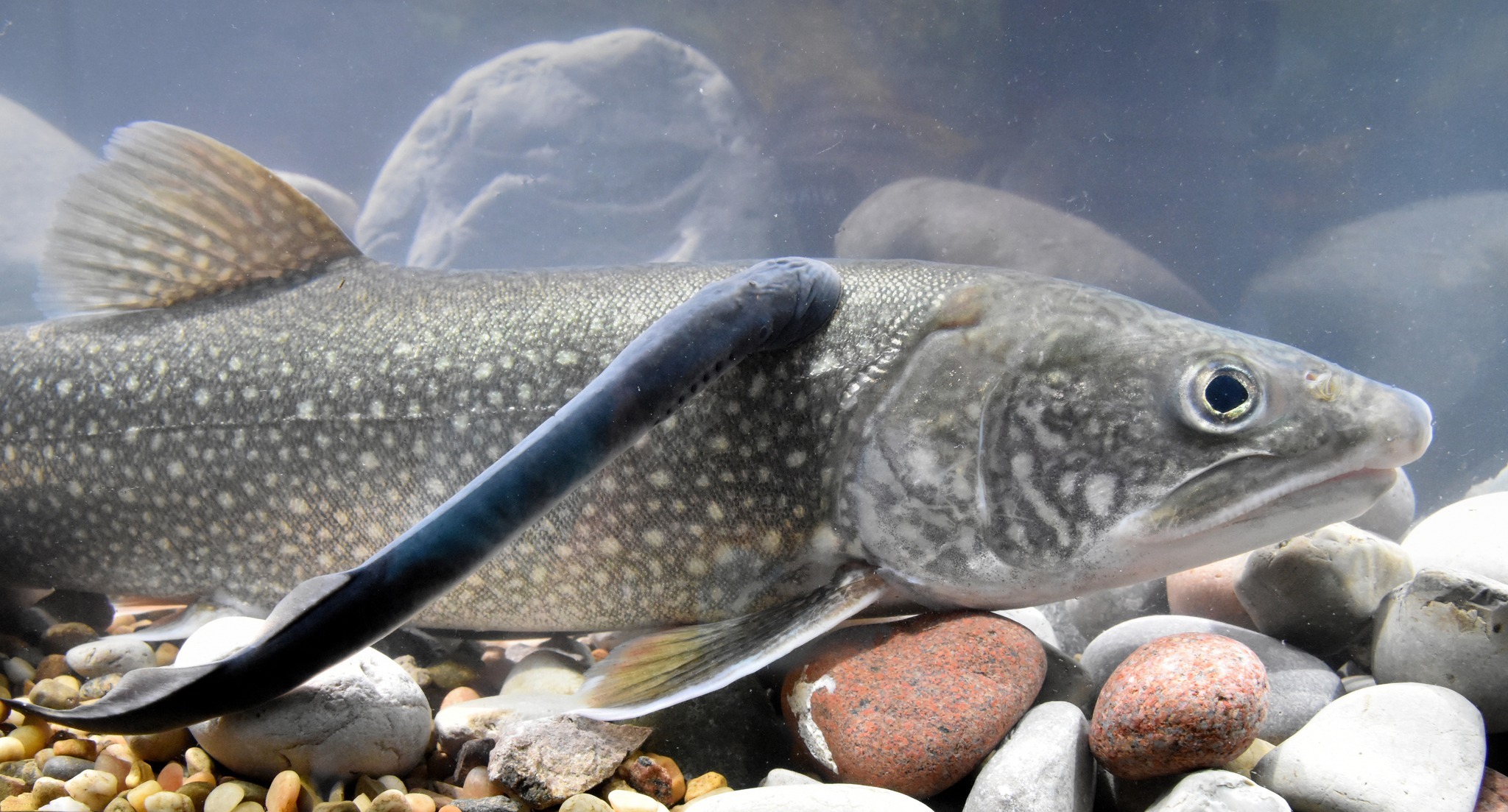The Great Lakes Fishery Commission announced populations of non-native predatory sea-lampreys are still above target levels for all five Great Lakes after numbers spiked during Covid restrictions.
“The increased abundance in all lakes is not unexpected given significantly reduced control effort during 2020 and 2021 due to the pandemic,” explains commission chair Ethan Baker, who is also the mayor of Troy, Michigan. “Control effort in 2024 continued at pre-pandemic levels, but elevated and variable adult sea lamprey abundances should be expected over the next year or two before turning back downward.”
Renewed levels of control are expected to bring numbers back down, after reported numbers of sea lampreys captured during 2024 was 8,619 more than the three-year pre-Covid average of 38,167. The largest number of sea lamprey – a parasitic fish that attacks and feeds on other fish – was observed in lakes Superior and Ontario.
“The sustained increase in sea lamprey abundances following a lapse in annual control effort highlights the continued need for ongoing sea lamprey control and continued research into new and innovative control methods in the Great Lakes,” says Jim McKane, the Commission’s vice-chair. “Native to the Atlantic Ocean, invasive sea lampreys remain a significant threat to the Great Lakes ecosystem, and control efforts must remain a top priority for conservation and management efforts in the region. After more than six decades of successful sea lamprey control, the reduced effort during the COVID-19 pandemic shows that if controls are ceased or relaxed for even a short period of time, sea lamprey populations will rebound, and the fishery will suffer.”
To learn more, visit glfc.org.
PHOTO: GREAT LAKES FISHERY COMMISSION FACEBOOK




